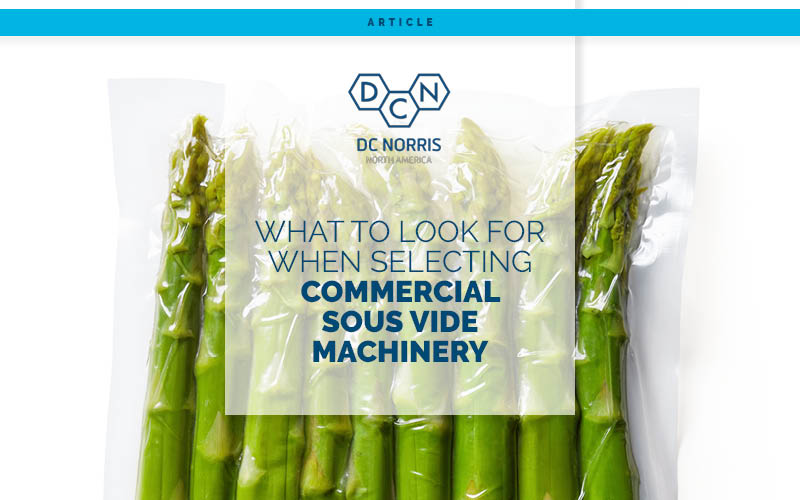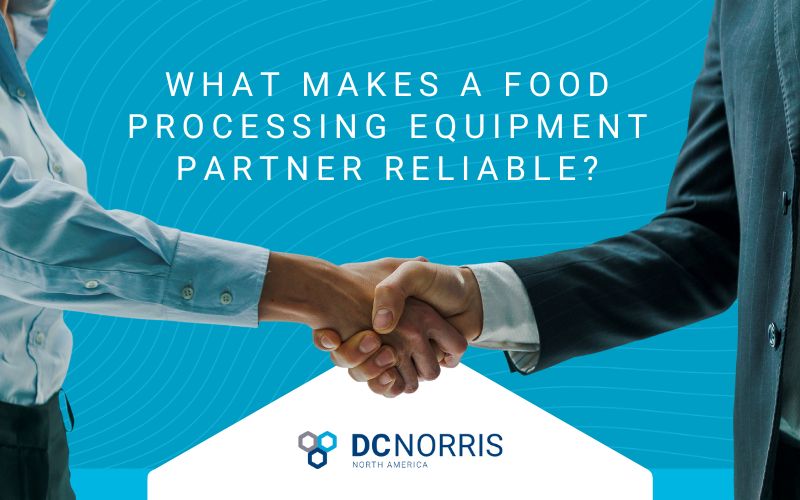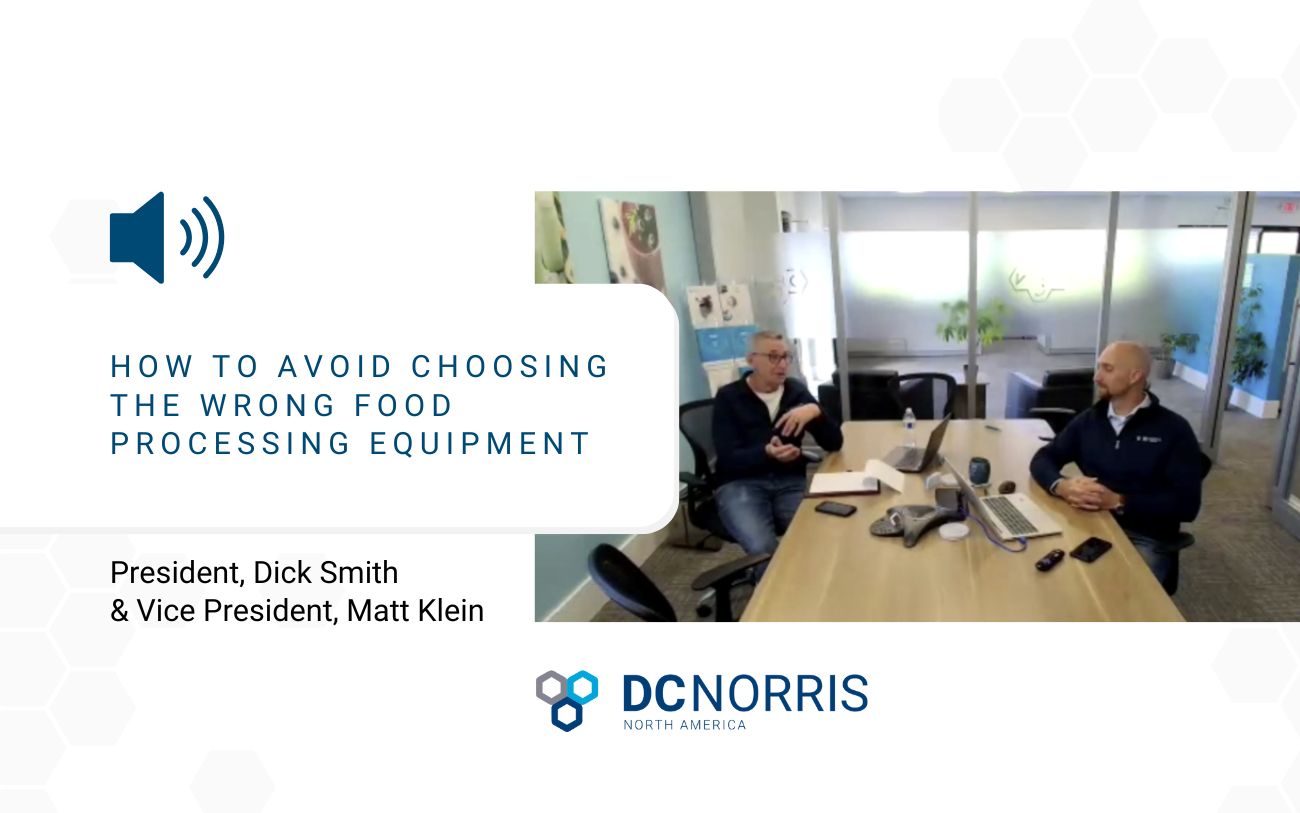What to Look for When Selecting Commercial Sous Vide Machinery
If you’re considering adding commercial sous vide machinery to your food business, you may find yourself wondering where to start. Running food-focused businesses requires agility, operational efficiency, a commitment to safety, and creativity. From recipe innovation to curated dining experiences, offering prepared foods to the public is a quest for the bold and innovative.
The sous vide method of cooking, once a chef’s secret, is now being widely adopted by commercial and industrial food producers alike. Why? Unparalleled quality control.
Today, the adoption of sous vide as a cooking method in commercial-scale food operations hinges on more than just quality control. Sous vide is unique in food preparation as it not only makes food easier to cook, it makes it better to eat. Some of the many benefits of commercial sous vide cooking include:
- Safety – Foods are cooked in vacuum-sealed portions virtually eliminating the risk of contamination from handling.
- Retained Nutrition – Vacuum-sealed packages ensure that vitamins, trace minerals, and seasonings are retained compared to traditional preparation methods which can diminish up to 60% of a food’s nutritional value.
- Operational Efficiency – Commercial-scale sous vide machinery, like the CT-1 by DC Norris, delivers precise control over the cooking process even while unattended. Sous vide allows food producers to safely prepare high-quality cooked foods to inventory, rather than order, delivering remarkable operational efficiency.
Here’s what to consider when shopping for commercial sous vide machinery for your operation
Commercial Sous Vide Machinery Batch Size/Capacity Limits
The CT-1 was developed by DC Norris to meet the specific batch-size requirements of commercial-scale foodservice operations. At 50 gallons, the CT-1 is significantly larger than countertop water baths, more precise than immersion cookers that only control water temperature, and smaller than industrial-scale sous vide equipment.
Understanding the batch size requirements that your operation demands is one of the first things to consider when selecting sous vide machinery. If the selected equipment is too small for your batch size requirements, sous vide quickly becomes a cooking technique that is too slow.
Service Requirements
Commercial sous vide cooking with machinery like the CT-1 requires water and electricity. Consider your available power sources in your food preparation spaces along with water hookups. The CT-1 is designed to be virtually “plug and play”. The CT-1 uses 208/240 Volt, 3-Phase, standard electric heating to cook up to 120lbs of food per batch.
Floorspace Requirements
In commercial kitchens, spatial planning is crucial. Requiring less than 8 cubic feet of space, the CT-1 is the only fully automated sous vide machine designed to fit the floor space requirements of commercial food businesses.
Safety Features
When it comes to food, few things are more critical than safety. When considering commercial sous vide machinery, evaluate its ability to protect against food-borne illness and operator injury.
The CT-1 offers an array of unique features designed to enhance safety. One such feature is the product temperature probe. Typically found only on industrial scale sous vide machinery, the product temperature probe gives precise control and monitoring of the product core temperature during cooking and cooling phases. Other commercial-scale sous vide machinery only monitors water bath temperature. Additional safety features of the CT-1 include several tamper-proof fittings, seamless integration with Virtual Chart Recorder to record and store real-time batch data (data recorded includes temperature changes during cooking and cooling, recipe, operator, and more), and stainless steel construction for safe and thorough cleaning.
The expert team at DC Norris North America is happy to help you evaluate your commercial sous vide requirements and options. Give us a call or complete our contact form to get started.



